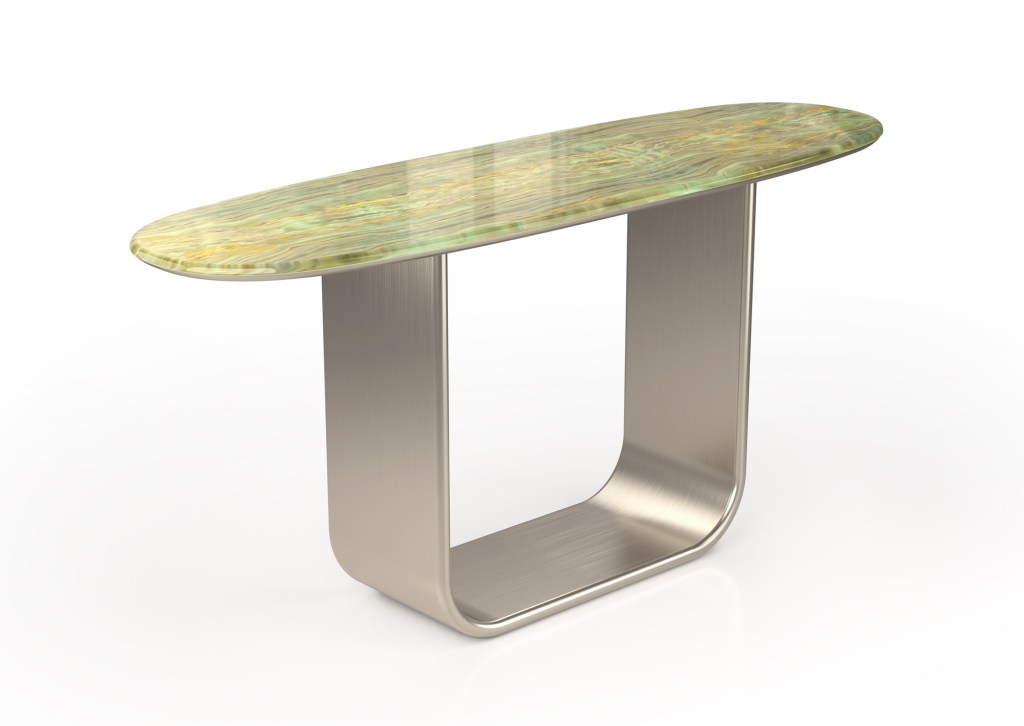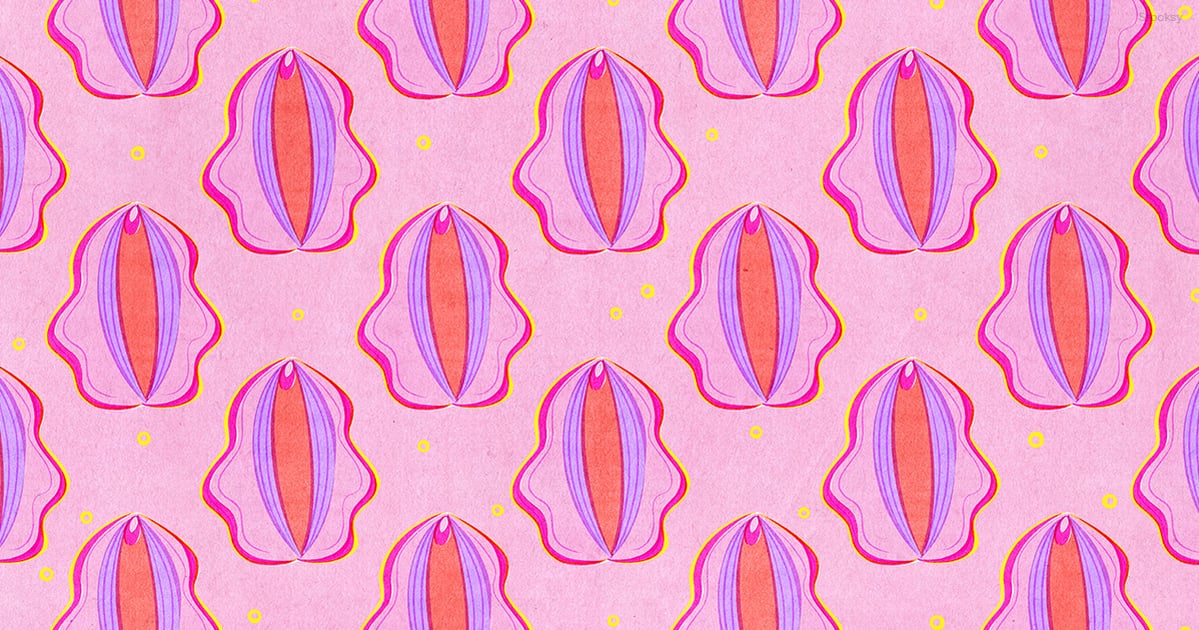MILAN — Giorgio Armani will show his new Armani Casa collection once again at his Milan Palazzo Orsini headquarters on Via Borgonuovo. This is the second time the designer will open up the beautiful 17th-century building to the city, which last year drew hundreds of visitors taking advantage of the opportunity.
This year, the designer has decided to display a number of archival Armani Privé garments next to the brand’s home collection, telegraphing his cohesive style views and single narrative, and disclosing two additional rooms.
The experience is aptly called “Echoes from the World,” as the collection is influenced by the countries that have always been strong influences on Armani’s aesthetics. Each room will be dedicated to a specific area: Europe, Japan, China, Arabia and Morocco. Personal and cherished objects belonging to Armani and collected throughout his trips will also be on display. For example, in the Japan room, there is an archival gown from Armani’s 1981 signature collection inspired by the Akira Kurosawa movie “Kagemusha” with details and textures of the Samurai armors inform the Virtù cabinet, whose handle is reminiscent of the hilt of a katana sword.
Armani, who has often admitted he would have liked to become a film director, said: “In the end I realized my dream: The way I view style is rounded, it goes from the surroundings to the people living in them.”
For this edition of Salone del Mobile, he explained: “I imagined a cinematic trip through the countries that have always inspired me: locations and cultures from that offer suggestions or ideas that trigger very personal re-elaborations. For this reason I wanted the furniture to be in a dialogue with fashion and present everything in Via Borgonuovo. I like to show myself to the public in the most authentic and direct way,” he said.
The furniture will show unique combinations of unusual materials, decorative techniques and precious craftsmanship. Soft shades of gold will feature in the China room, where the Vivace table with sculpted legs resemble bamboo stems and the top is decorated with silver leaves with pink shades, while the Venus console features a lacquered glass top embellished with gold leaves.
Arabian atmospheres run through the Club cabinet lined in blue leather, in the soft poufs and the screen all upholstered with a canneté embroidery. The black panther statues from the designer’s home appear as embroideries on the Verve pillows.

There are Berber influences in the Morfeo walnut bed upholstered in velvet with geometric motifs. The intense blue of the laquered Miro cabinet is inspired by the garments worn by the Tuareg people, a nomadic Saharan people who often wear indigo blue veils, an inspiration for the Giorgio Armani spring 2011 collection.
Essential shapes and a play on light and transparencies are referenced in the furniture inspired by Europe, as in the Trocadero table with plexi legs and platinum lacquered waves on its top.
Armani/Casa was formally established in 2000.
A new Armani Casa store opened in New York on 499 Park Ave. in February, spanning 1,700 square feet and complementary to the home store on Madison Avenue.

A curated collection of limited-edition items and home accessories is available at the store and, among the products, are limited-edition pieces handcrafted in Italy with mother-of-pearl mosaic patterns over the entire surface, reaffirming the collection’s Asian inspiration and Art Deco overtones.
During the year, new monobrand units are expected to open in Doha, Dubai and Mexico City.
The company is also working on the Giorgio Armani Residences on Madison Avenue, which will include 10 exclusive real estate units.
The designer has also built a solid business with his hotels in Dubai, which bowed in 2010 in the Burj Khalifa, and in Milan a year later, in a venture with Dubai-based developer Emaar Properties that was established in 2005. In 2022, it was revealed that an Armani hotel will rise in Diriyah, a 300-year-old site located a 15-minute drive from Riyadh, in the Kingdom of Saudi Arabia. The area is home to the UNESCO World heritage site At-Turaif, recognized as one of the world’s foremost mud-brick cities and the valley and lush palm groves of Wadi Hanifah.



